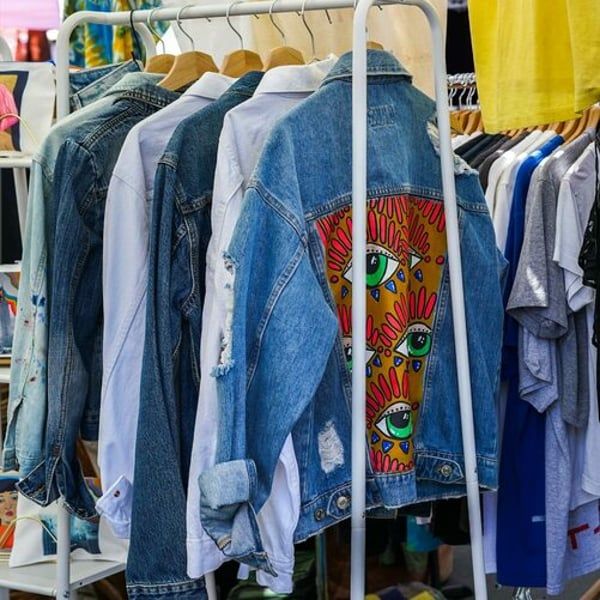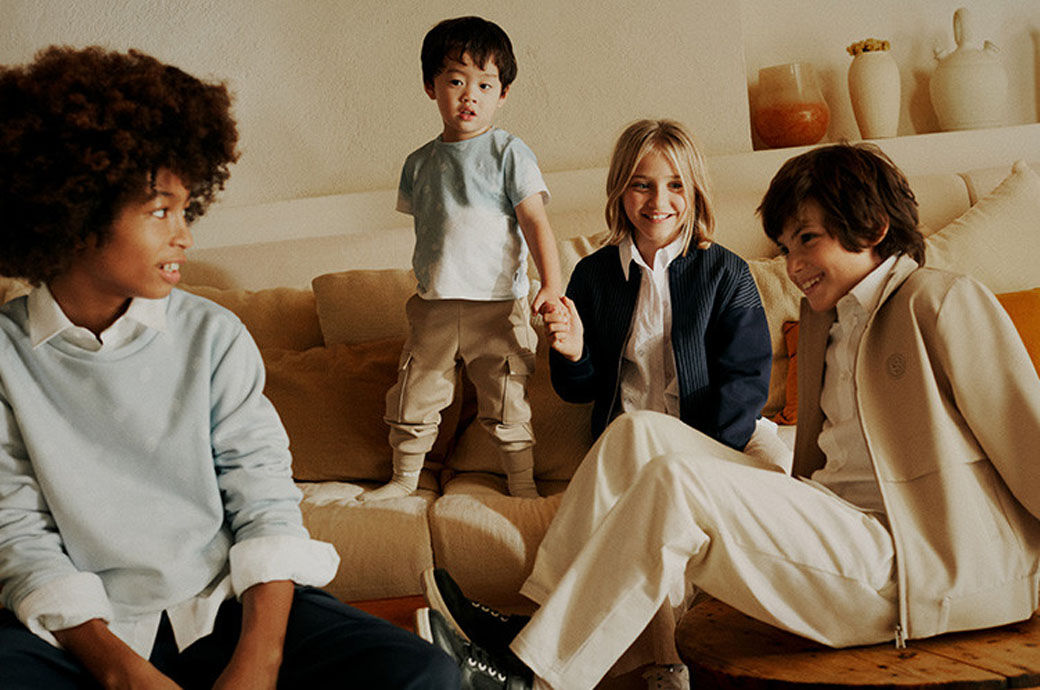By
AFP
Published
October 25, 2024
India's huge textile sector produces billions of dollars worth of new clothes each year, but some local fashionistas are switching to second-hand clothes to mitigate concerns about the industry's environmental impact.
It's a small drop in a huge ocean, but hipster shoppers in the capital, New Delhi, say their example is slowly changing the throwaway attitudes prevalent among India's middle class.
New Delhi is full of markets offering second-hand clothing, an affordable alternative for those on low wages or making an ethical choice.
“It's an environmentally friendly decision,” said Yuvika Choudhary, a 21-year-old student who buys vintage clothes.
There is rarely an effective system for recycling clothes in India, where waste overflows into huge landfills.
Kriti Tula, 36, used repurposed fabrics to found fashion brand Doodlage in 2012.
When she started, she was worried about telling shoppers that her products were made from waste.
But a decade later, he said, there was greater awareness of the importance of sustainability.
“It's important to circulate things that already exist,” Tula said. “The only way to get them circulating is to think of ways to rent them, save them and repair them.”
India is the world's fifth-largest garment exporter, with trade valued at $15 billion in 2023, according to the World Trade Organization.
The industry employs 45 million people, according to the government-backed agency Invest India, almost the same population as Spain.
'Consumption patterns'
Some in India turned to secondhand shopping after being restricted at home during the Covid-19 pandemic and finding online stores promoted on social media.
Neha Butt, 33, first ran her second-hand clothing business on Instagram before opening a physical store in the capital, New Delhi, in 2022.
He said his Huckleberry Hangers store would have been unthinkable before the “help of Instagram and because of climate awareness.”
The market is microscopic compared to the industrial production of new clothes, but buyers say it's more about the message it sends, and that changing attitudes has to start somewhere.
Swati Sambyal, a circular economy expert, warned that effective resource management required addressing mass generation of textiles first.
“When it comes to textile waste as an issue, we also have to address both generation and consumption patterns,” he said.
Sambyal said some brands were switching to using natural textiles, including those made from banana and pineapple fibres, in a bid to reduce their environmental impact.
But in the end, he said, nothing will change unless the consumer changes too.
“It depends entirely on the consumer,” he said. “It is his will and decision.”
Copyright © 2024 AFP. All rights reserved. All information displayed in this section (submissions, photographs, logos) are protected by intellectual property rights owned by Agence France-Presse. Consequently, you may not copy, reproduce, modify, transmit, publish, display or commercially exploit in any way the content of this section without the prior written consent of Agence France-Presses.












